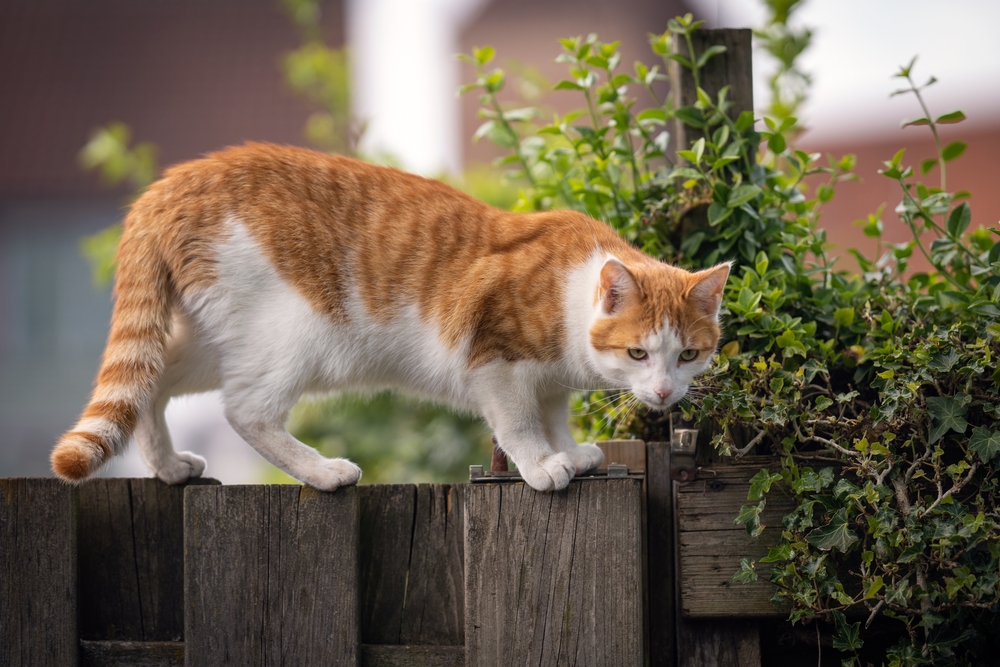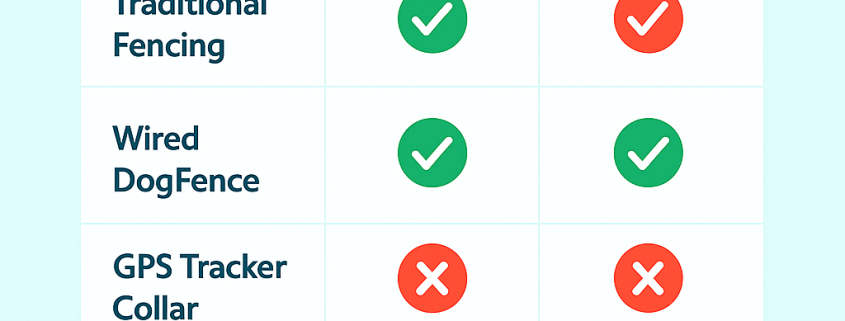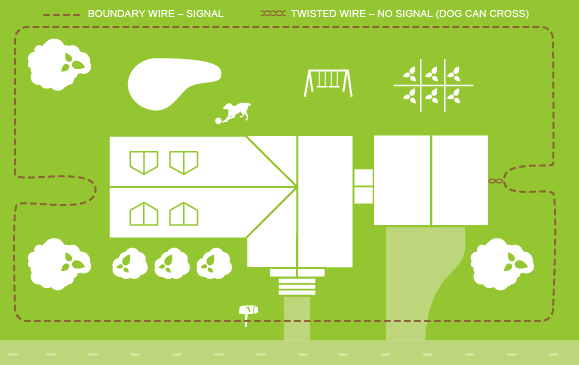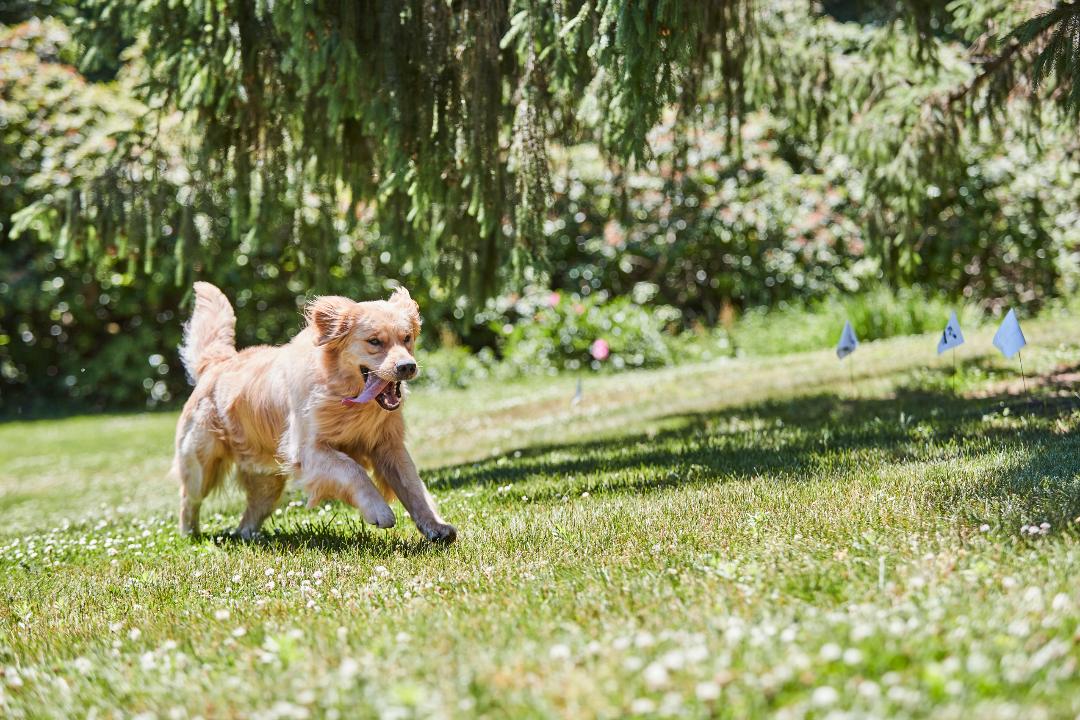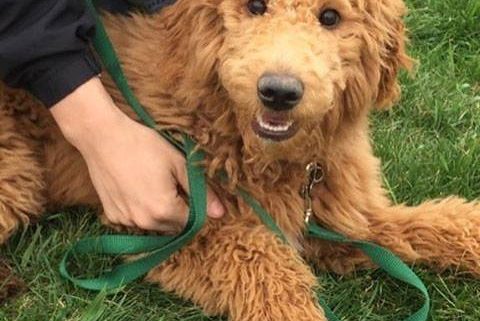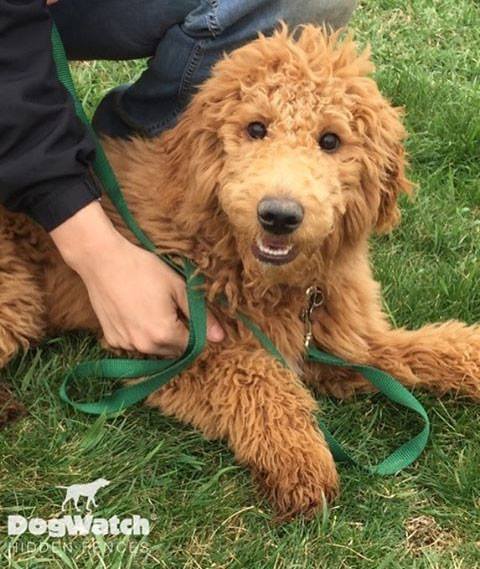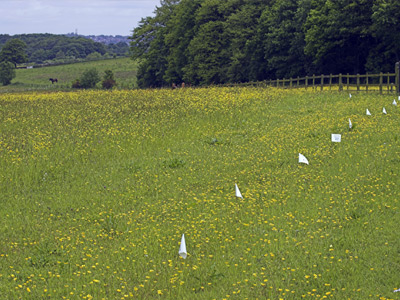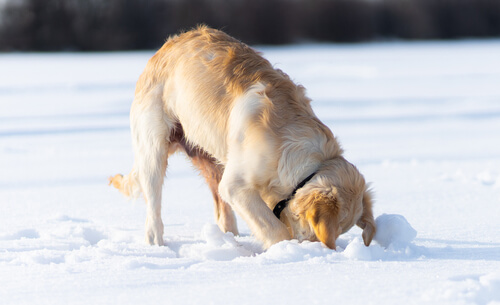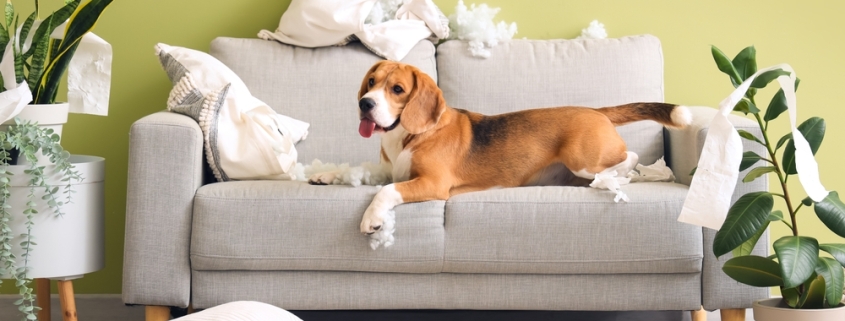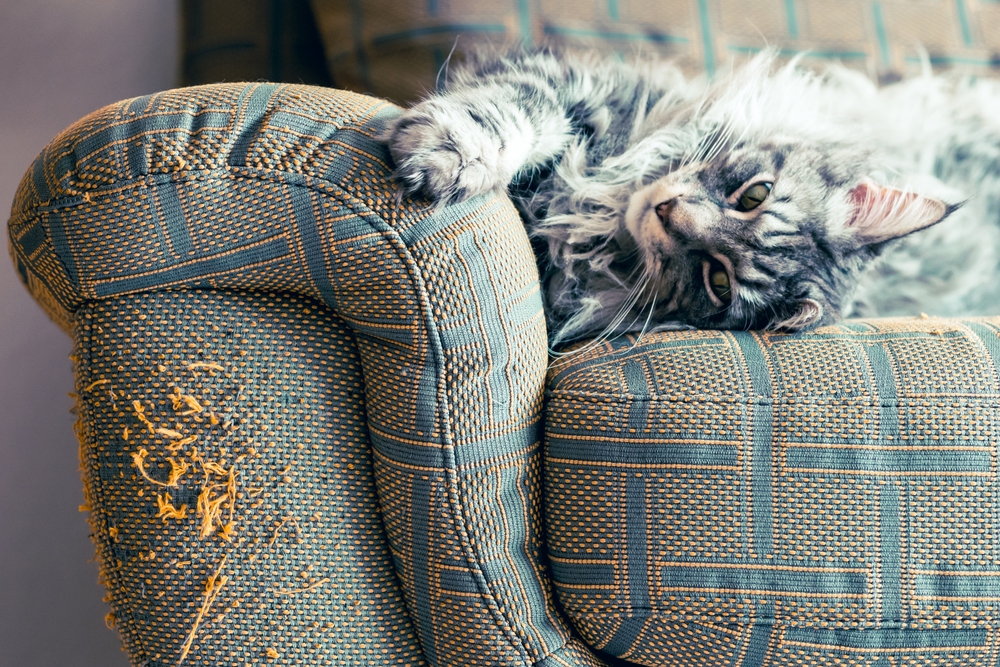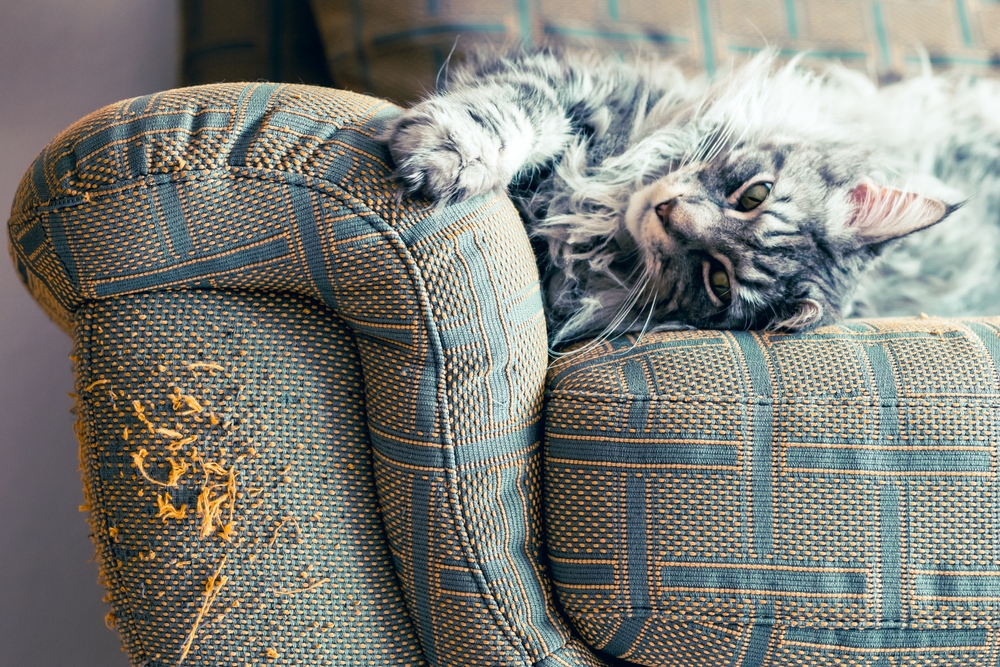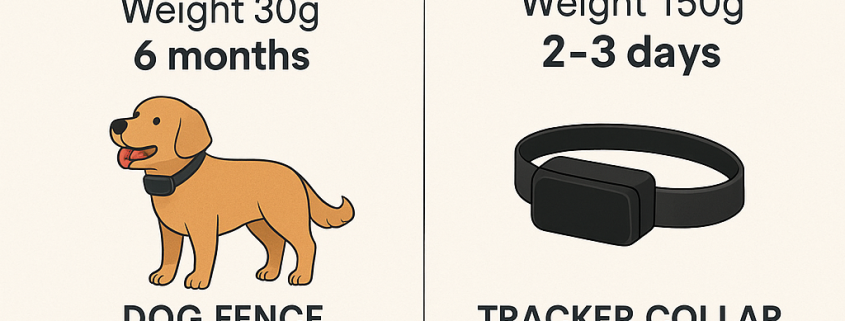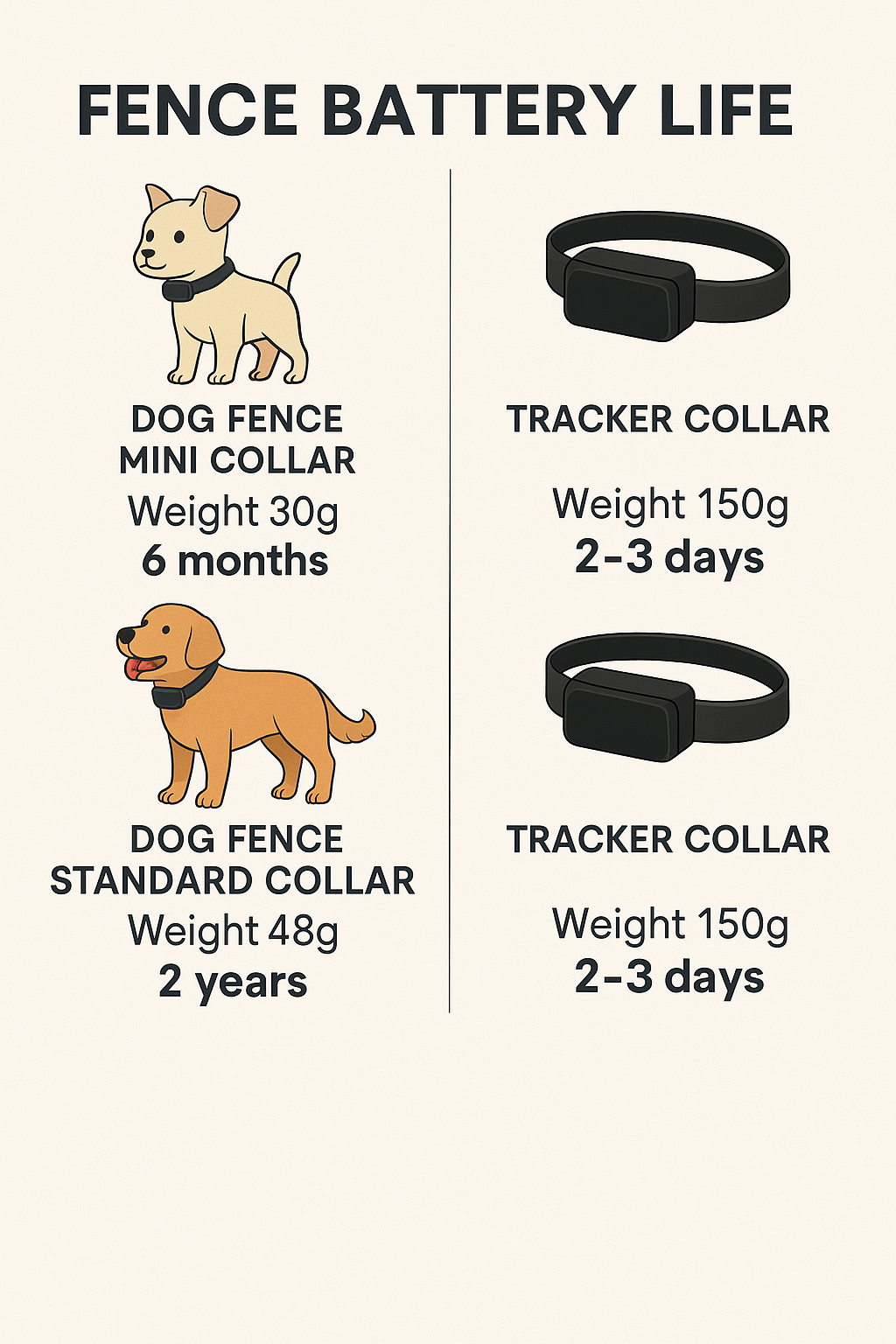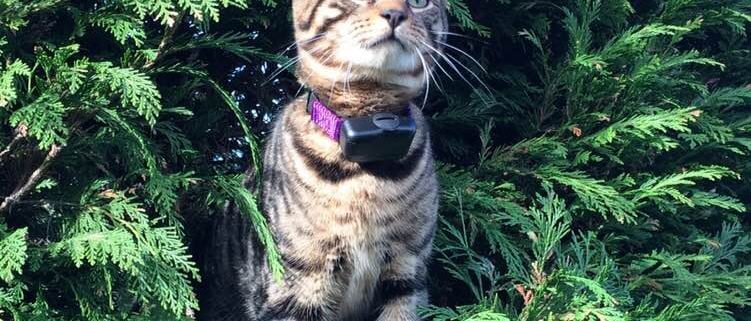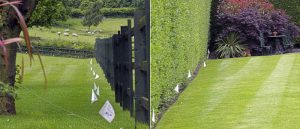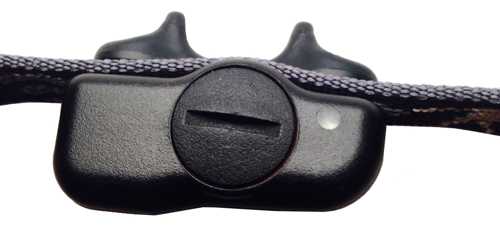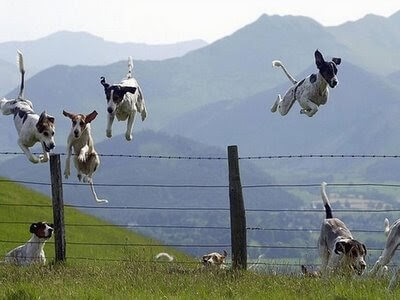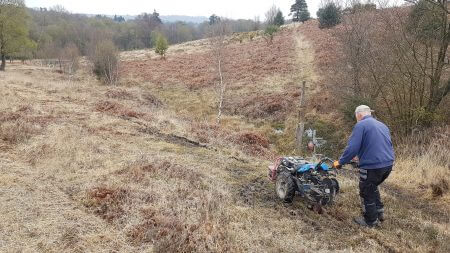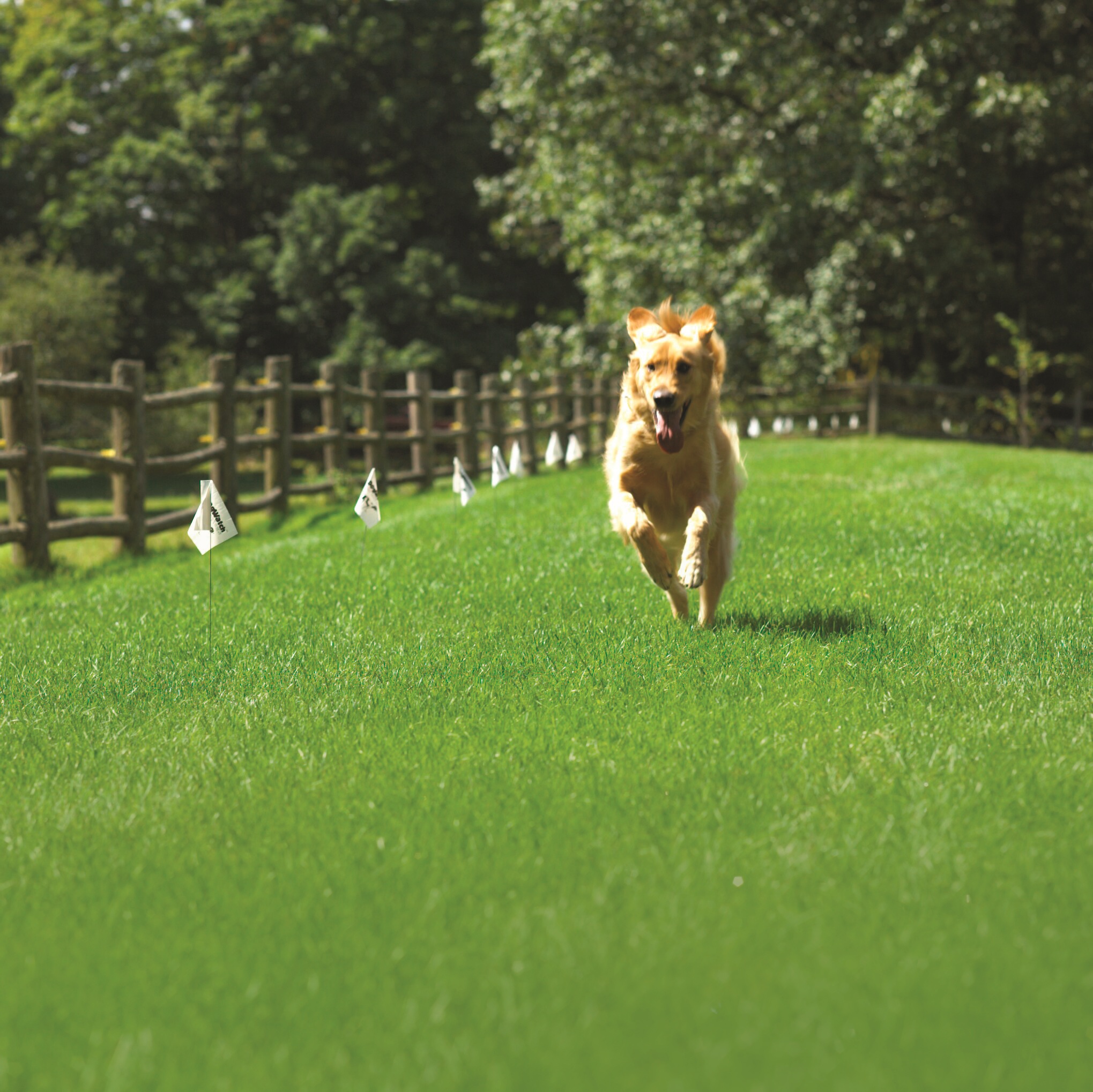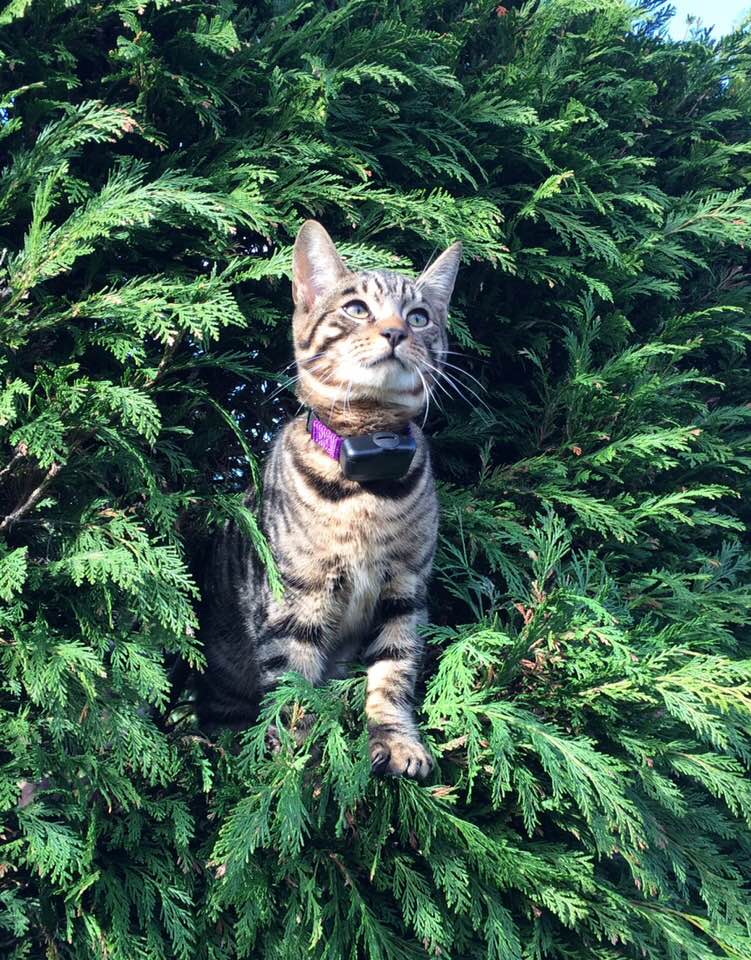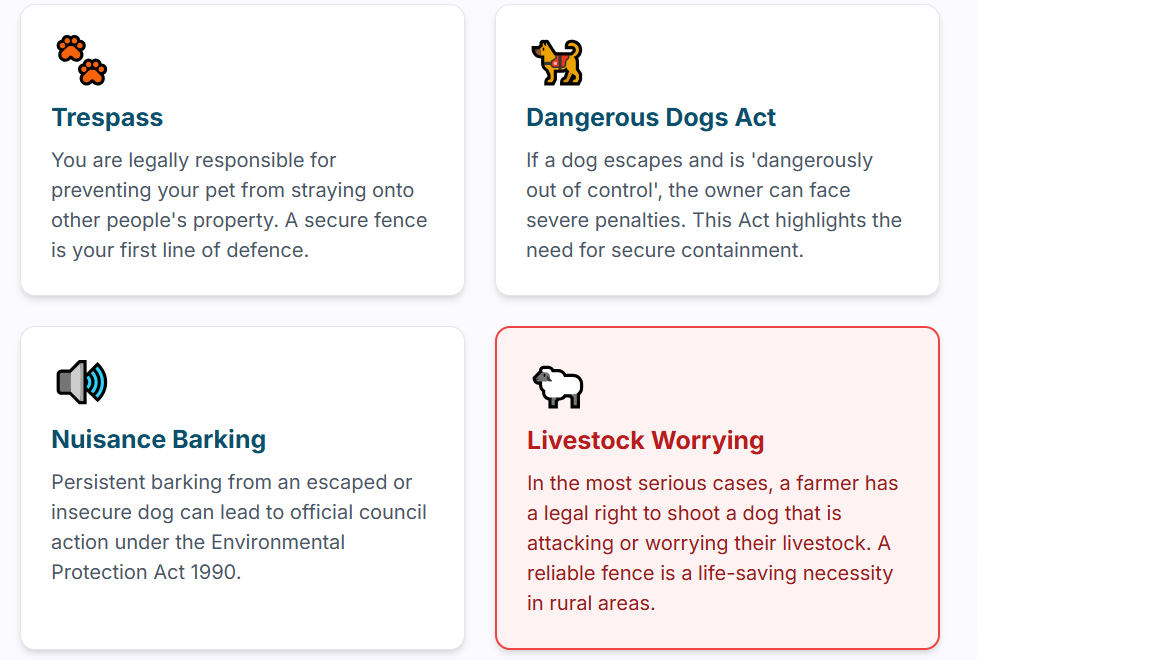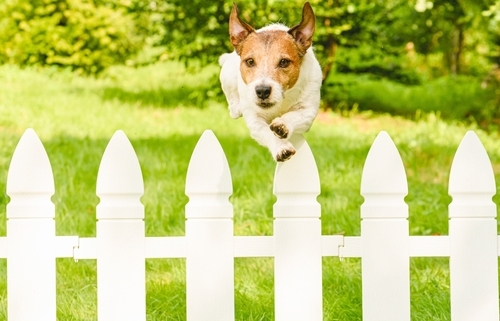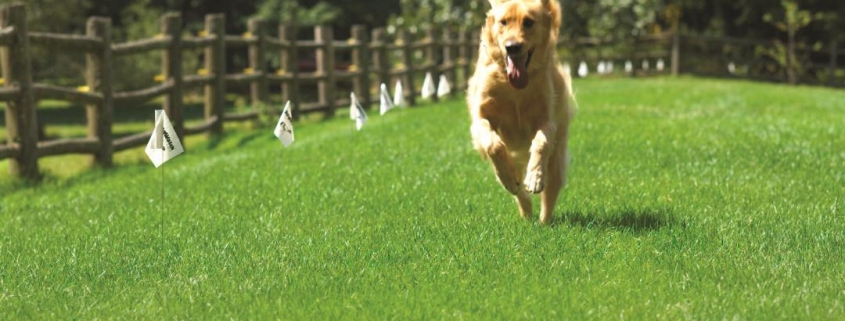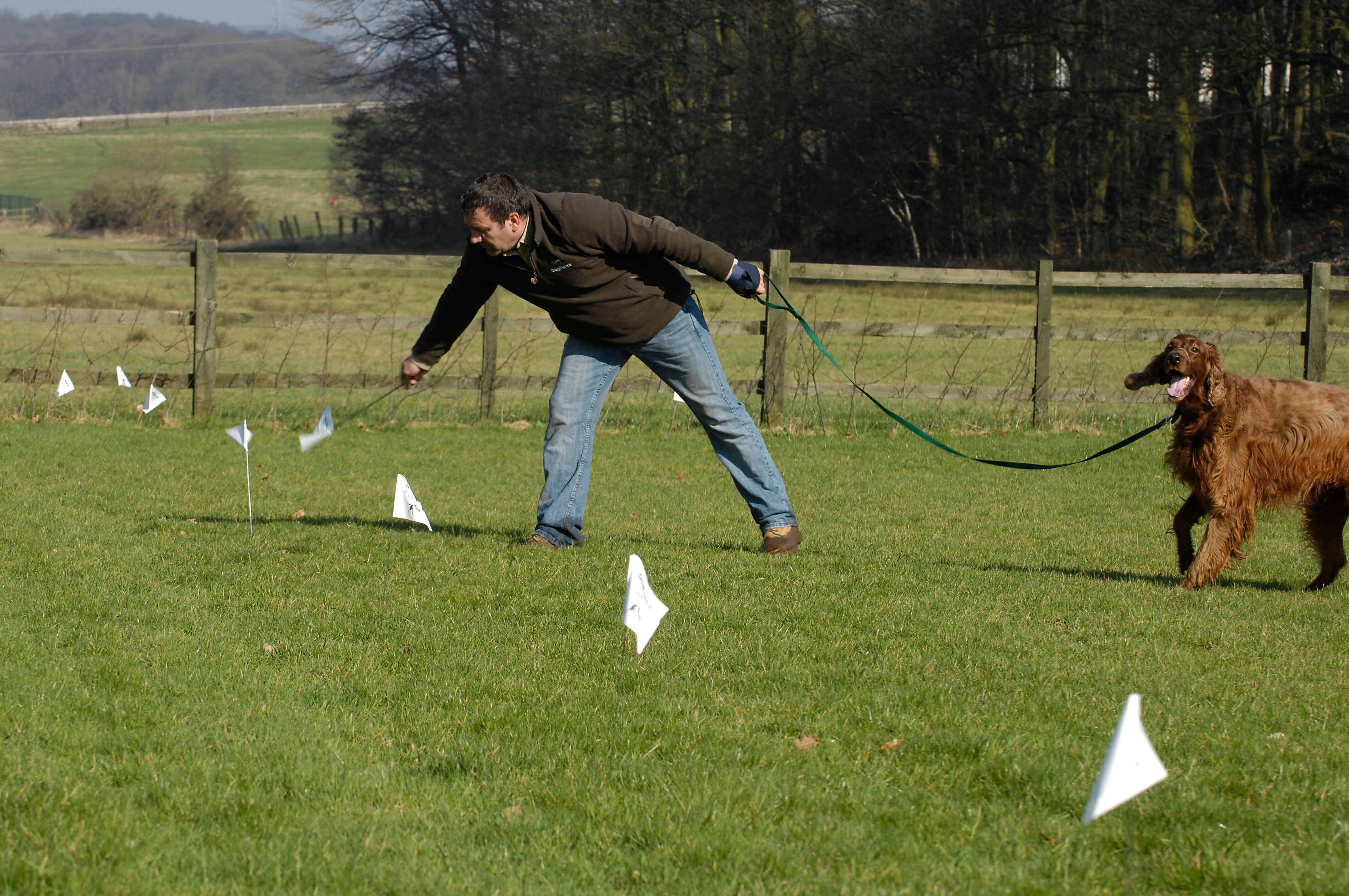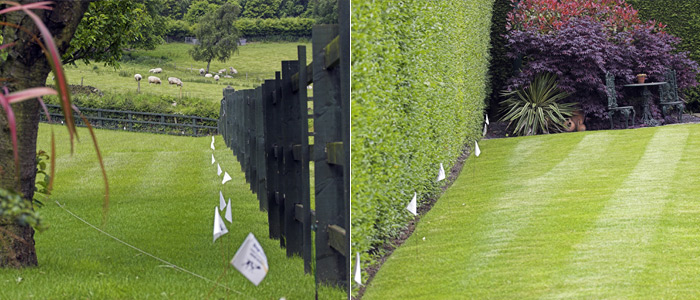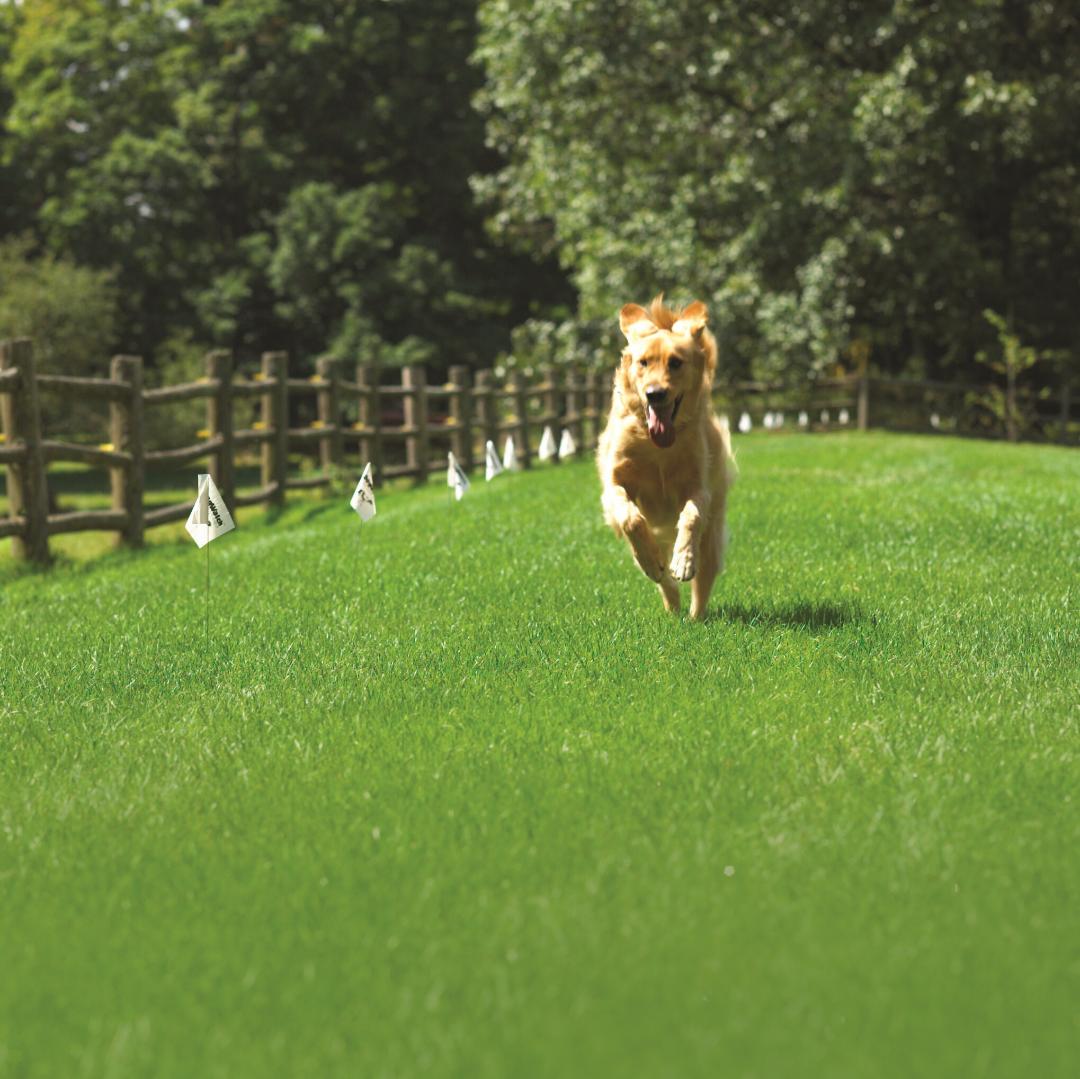Dog Fencing for Active Breeds: How to Keep High-Energy Dogs Safe
If you own a high-energy dog – think Cocker Spaniel, Jack Russell Terriers, Wire-Haired Dachshund or working breeds like Labradors and Springers – you’ll know their zest for life often comes with an equally strong desire to explore. Finding suitable dog fencing for active breeds can feel impossible. Traditional fencing is a real challenge, especially for dogs who love to run, jump or dig or have a high prey drive.
That’s why many owners ask:
“What’s the best dog fencing for active breeds?”
The good news is — with the right system and training, you absolutely can keep your high-energy companion safe at home.
Understanding the High-Energy Dog’s Mindset
High-energy breeds thrive on activity, mental stimulation, and often possess a strong prey drive. A passing squirrel, a rabbit scent, or even a distant sound can trigger an instinctual chase.
This powerful impulse is exactly what an electronic fence system must be able to interrupt – gently, but firmly and consistently – to keep your dog safe and secure within the garden. There is no room for error or unreliability with a highly prey-driven dog.
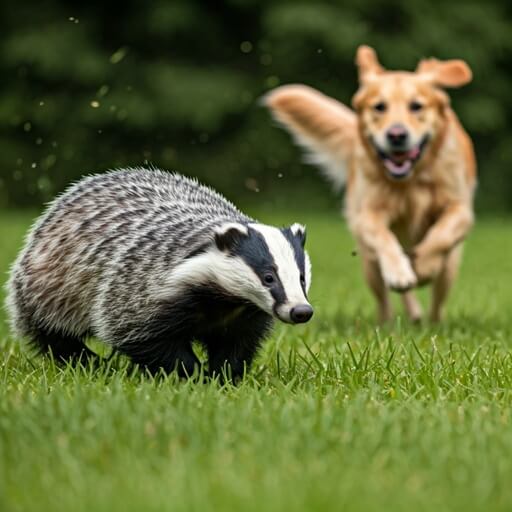
“Why dog fencing for active breeds matters — high-energy dogs with strong prey drive can easily chase wildlife like badgers without proper containment.”
Key Considerations for High-Energy Breeds
The basic principles of electronic dog fence training apply to all breeds but there are some important factors to focus on when working with a more energetic or driven dog:
1. Robust Adjustable Correction Levels for Highly Active Dogs
The challenge: A focused, high-drive dog may simply “run through” a “one size fits all” correction if fixated on a distraction.
The solution: Choose an electronic dog fence system with a wide range of adjustable correction levels. You may need a slightly higher setting for a strong-willed or excitable dog to effectively break their concentration as they approach the boundary.
Remember: The aim is never to cause distress, but simply to get their attention. It’s not about the “size” of the correction matching the “size” of the dog; it’s about the personality and the system’s ability to interrupt a dog’s train of thought. We’ve seen tiny Tea Cup Yorkies respond to a level 4 correction while two large Rottweilers trained perfectly on a very low level 2. This perfectly illustrates that it’s not about brute force, but tailored feedback.
Training tip: Start low, monitor your dog’s response, and increase only if necessary. A small head turn or ear flick is often enough to signal success.
Learn more about how electronic dog fences work
2. Comprehensive and Consistent Training is Essential
The challenge: Intelligent, high-energy dogs can quickly learn patterns and test boundaries if training is inconsistent.
The solution: Follow the recommended DogFence training protocol diligently:
- Short, regular sessions
- Use of training flags
- Positive reinforcement
- Gradual introduction of distractions
High-energy breeds often benefit from more repetitions in a variety of scenarios to fully grasp the concept of staying within the boundary.
Read our DogFence training guides
3. Meet Their Physical & Mental Stimulation Needs
The challenge: An electronic fence prevents escapes, but it doesn’t fulfil a high-energy dog’s need for exercise and stimulation. Without this, dogs may become bored, frustrated, or even destructive.
The solution: Make sure your dog receives:
- Daily walks and runs outside of the fence area
- Playtime, interactive games, and training
- Activities like agility or puzzle toys
A mentally and physically satisfied dog is far less likely to seek escape.
See the PDSA guide to meeting your dog’s exercise needs
4. How to Choose Dog Fencing for Active Breeds?
The challenge: Cheap or poorly designed systems can easily fail when tested by a determined, fast-moving dog. Consistency is the key. An intelligent and highly motivated dog who “challenges the boundary” must always receive the same message. If the “fence” is unreliable this will ultimately lead to more challenges and a “breakout”.
The solution: Invest in a high-quality, professional-grade electronic dog fence – like those supplied and installed by DogFence UK. Our systems are trusted by thousands of owners of high-drive breeds.
What makes our dog fence collars different?
Our collars differ significantly from many others. It’s not just the static level that changes; with higher settings, the pulses per second increase, making the impulse feel different and more effective at breaking concentration. Think of it like someone gently but persistently tapping you on the head while you’re deeply absorbed in a task – it forces you to momentarily forget where you are and re-focus. This unique pulse modulation is designed specifically to interrupt the dog’s focus, even on a high-prey drive.
Can a highly active dog “out-run” a dog fence?
Furthermore, our fence system is designed to be quicker than the dog. When considering dog fencing for active breeds owners need to understand about collar reaction times. Our technology is up to 10 times faster than many other electronic dog fences on the market, especially slower GPS and wireless systems. This speed is critical because a fast, determined dog can often outrun and “break through” a slower system before the correction is properly delivered. With DogFence UK, your dog cannot outrun our system.
There’s also the crucial “flip side”: the dog needs to be correctly rewarded for doing the “right thing.” Our system features an incredibly fast shut-down time – less than a second – once the dog stops and retreats from the boundary. This immediate cessation of the correction is vital for positive reinforcement. In contrast, many DIY, GPS, and wireless systems have a significant “response hang-on time” of 2–5 seconds, meaning the collar is still correcting even though the dog has already retreated, making a difference of 7 – 10ft. This can cause confusion and undermine the training. Our rapid shut-down ensures your dog quickly learns that retreating makes the stimulus stop, reinforcing the correct behaviour instantly.
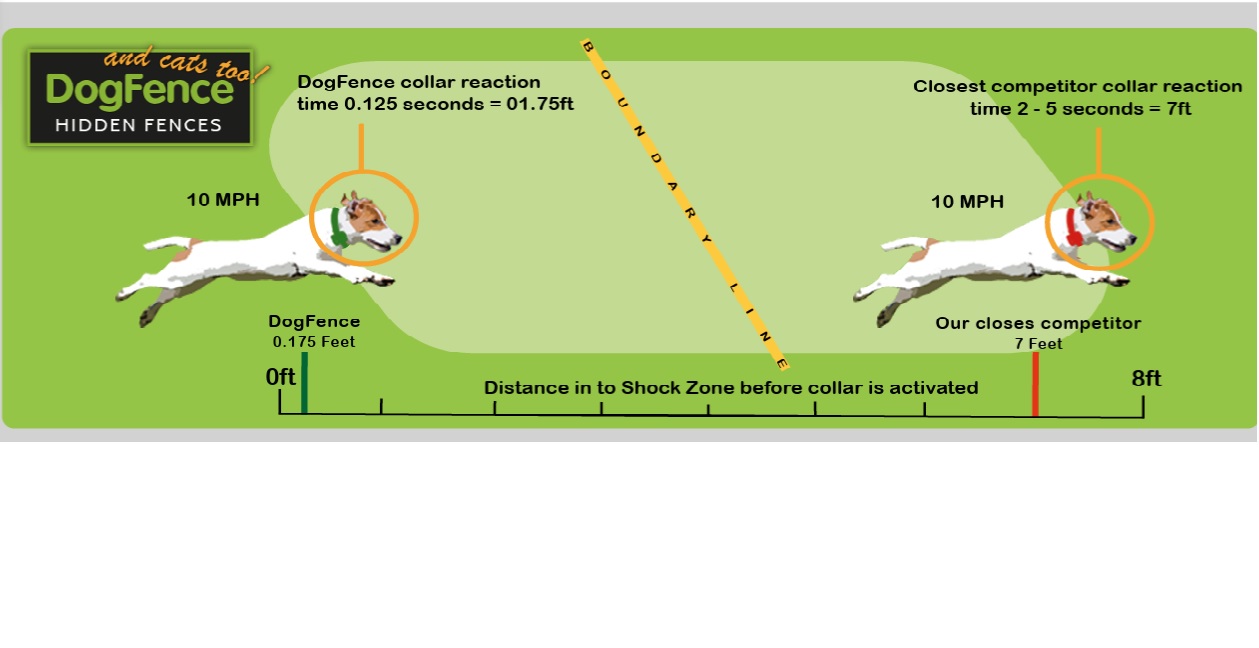
“Faster collar reaction time helps prevent escape — DogFence UK system vs slower competitor electronic dog fences.”
Our systems are trusted thanks to:
- Strong, consistent signal
- Durable heavy-grade wire
- Robust and durable receiver collars – warranted against dog chews
- Industry-leading battery life – because when the battery runs out, guess who else runs out?
- Collar options designed for both large and small high-energy breeds
Compare our electronic dog fence systems
Success Stories: Dog Fencing for Active Breeds Thriving with DogFence
Many owners of high-energy breeds report excellent success with our systems. An electronic dog fence provides a safe environment where these dogs can burn off steam, explore their garden freely, and remain safely contained – with no risk of digging under or jumping over a physical fence.
You’ll find many happy owners of:
- Border Collies
- Spaniels
- Labradors
- Pointers
- Salukis
- Border Terriers
- Cockapoos
But don’t just take our word for it.
Here’s what some of our customers, facing unique challenges with their active breeds, have to say:
“Exceptional Containment in a Challenging Rural Environment!”
“I bought this dog fence for my Whippet x Saluki because I moved to a rural area on the Orkney Islands and my house is surrounded by sheep and cows. My neighbour has over 200 chickens which are free to roam in his garden, but I was worried the fence system would not be as good as it is. Although my dog has a sweet nature when it comes to other animals if it moves she thinks it is her right to hunt it, and being a whippet she is extremely fast. Installing the fence was easy to do, and the dog trained in a week. The dog has not been able to get out of our land which is 1 acre. I cannot recommend this system highly enough; the dog can run freely on our land and the animals in the neighbouring fields are safe. I would be only too happy to talk to anyone who is thinking of buying a dog fence but may be wary that it might not work as well as it does. Also when I have rung you to talk about something, I get through to a real person, not an option menu, which is a nice change. 10 out of 10 for the product and service.”
Neil Hannant – Orkney Islands
“Complete Peace of Mind with My Working Cocker!”
“I had a DogFence containment fence installed back in March of this year and have waited until now to see how effective it was. Now I write to express my complete satisfaction with the system. Quickly and efficiently installed around an acre of ground and the dogs trained so effectively that they refused for a couple of days to go into the garden but eventually they carefully ventured out and after a few days were content to stay well inside the fence. I thought we may have a problem with the dogs chasing the deer that come into the garden, however, they have respected the fence and are content to stay within the boundary. With a working cocker, that is saying something! And it gives me complete peace of mind. My thanks to you all for a friendly, efficient, and economical service.”
David Holt – Southampton
See more customer testimonials
Is an Electronic Fence Right for Your High-Energy Dog?
If you’re the proud owner of a lively, energetic breed and you’re struggling with traditional fencing, we can help.
At DogFence UK, we have more than 22 years’ experience successfully training and containing all types of dogs – including the most athletic and determined escape artists.
Our expert team will guide you in choosing the right system, professionally install it for maximum safety, and provide full training for you and your dog.
Get in touch today to find out how we can help!
Call us on 01628 476475
WhatsApp us on 07917 034256
Email us: info@dogfence.co.uk
Request a personalised quote online
Ready to Give Your Dog More Freedom?
Whether you’re dealing with a determined Border Collie, a clever Jack Russell or an energetic Labrador, an electronic dog fence could be the perfect solution.
Call 01628 476475 now
Or message us on WhatsApp – we’ll be happy to advise.
